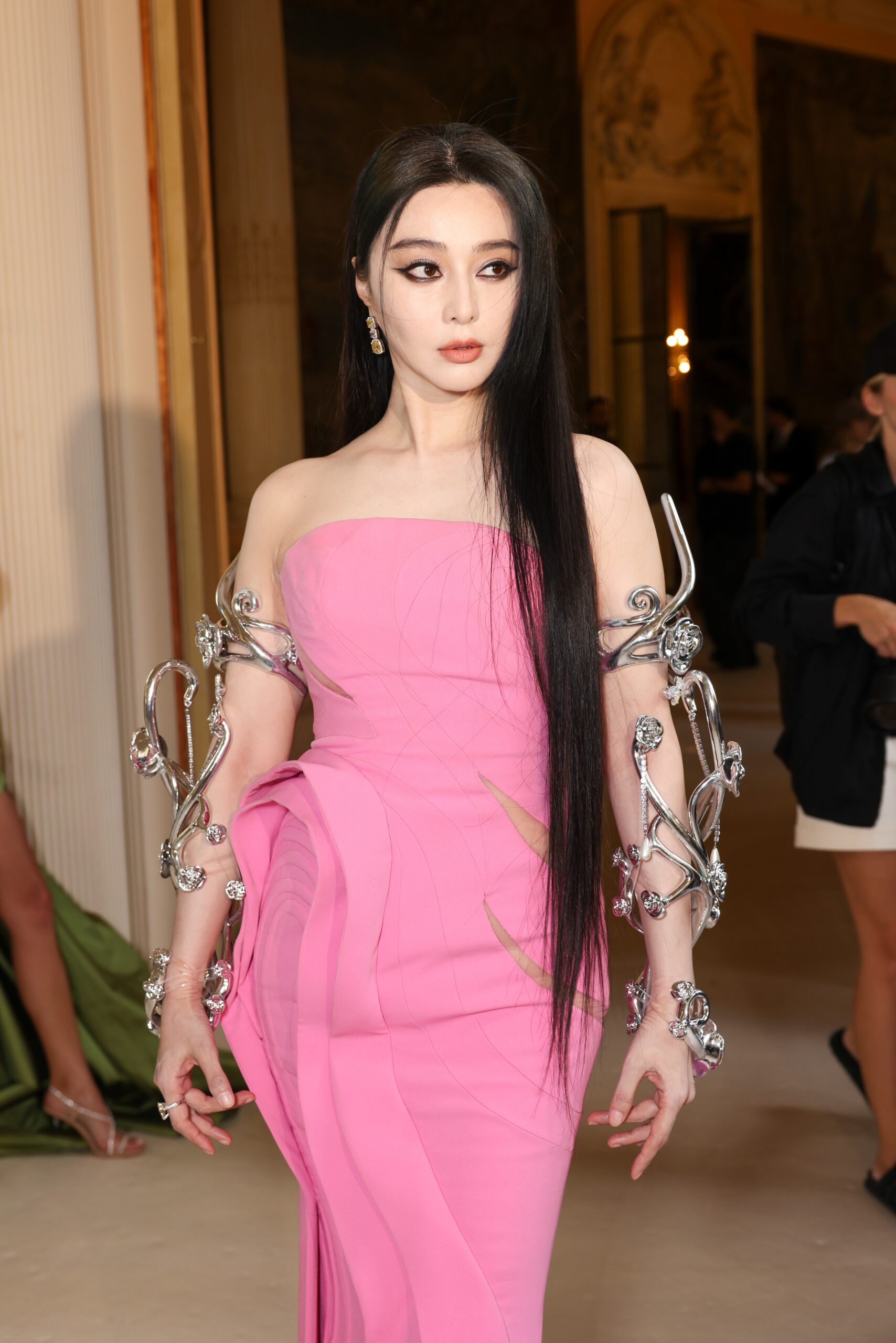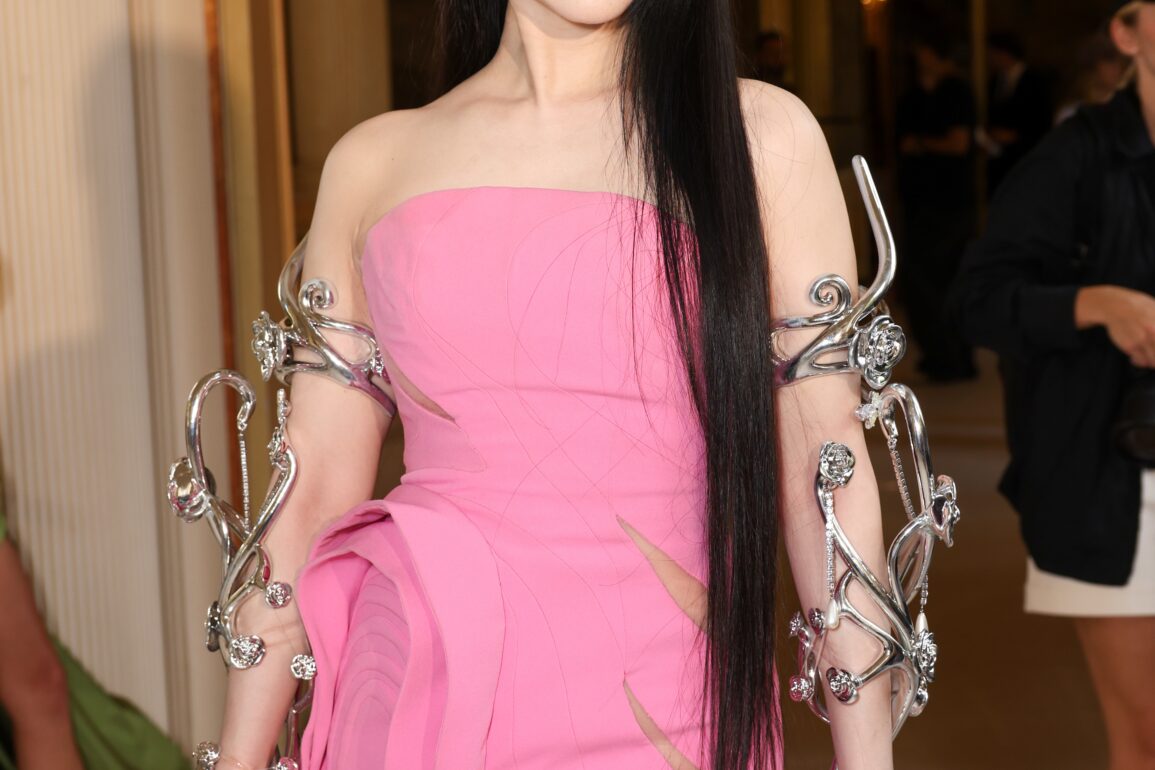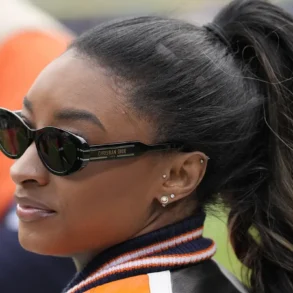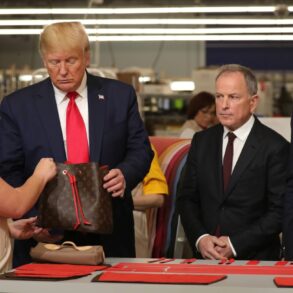Dressing actress Dongyu Zhou, kitting Fan Bingbing out in Liu’s jewelry brand Useless Objects, and entertaining her one million Weibo followers are all in a day’s work for China’s biggest stylist Lucia Liu.
Known for sporting a whimsical burst of clashing prints and color, the Beijing-based talent has been in fashion for over a decade. From starring on China’s Next Top Model in 2015, to holding positions at leading publications such as the New York Times’ T Magazine and now her own creative platform The Ballroom, she has established a big fan base in China, and abroad.
It is this renown that enticed French luxury house Moynat to collaborate with Liu on a capsule of handbags for this year’s Qixi Festival, or Chinese Valentine’s Day, which falls tomorrow.

Headlined by the BB Duo Bag, the line combines Liu’s signature playfulness with the LVMH-owned brand’s heritage craftsmanship. The result is a lesson in how brands can leverage the niche yet expansive fan bases of creatives through collaboration.
Jing Daily caught up with Liu to talk about the collab process, and how China’s fashion industry has changed throughout her career.
Jing Daily: What was your experience of collaborating with Moynat?
Lucia Liu: So all the elements from this bag came from very traditional Chinese plants, and love. There are very traditional elements, but also a kind of pop style, too. Chinese customers looking at the bag would understand what it means. I’ve bought a few bags from Moynat in the past, so I’m really aware of its history. We did a paper version in my studio in Beijing. I did a lot of research on plants and flowers, and Chinese symbolism for the Qixi Festival.
I explored bows and bow ties. It takes three weeks to make one as there’s so much technique in it to make it super nice luxury. I’m so happy about this project because Moynat really respected my ideas and way of expression.
JD: What are the biggest differences between Beijing and London’s fashion scenes?
LL: I feel myself still quite influenced by London, because I was there for three years. Both Beijing and London have some historical heritage. They’re quite modern in a way. They both have a lot of contrast in terms of style. There is freedom of dressing.
Beijing is a bit more chill now; it’s more conservative. Gen Z consumers like expressing themselves though and are very different to previous generations. But I don’t see a lot of difference between the young people in Beijing and the young people in London.
JD: What would you advise brands wanting to engage Gen Z?
LL: The Chinese generation is much more into its culture than people were ever before. So Gen Z in China really cares about having some kind of Chinese nuance. Actually, Gen Z doesn’t really care much about brands in general any more.
Gen Z consumers care less about a brand, and more about whether it is connected to them, like referring to a game they like, or something cultural like a Chinese traditional hair piece, or something like that.
JD: How would you describe the characteristics of your fan base?
LL: I feel my style is more like East London with pop culture, like Asian pop culture, and then with traditional Chinese parts as well. So, it’s a mixture of everything and can actually be quite fun and elegant at the same time.
Some of my followers are more like celebrity fans [as I dress a lot of stars], and then some of them probably like my personal style.
JD: What Chinese designers are doing well?
LL: I feel this year is tough for Chinese designers, because I think the economy here is not so great. Maybe Europe as well. I think this year will be especially slow for everyone. I like Caroline Hu. I think her stuff is really cool.
JD: What have you learned about China’s fashion industry during your career as a stylist?
LL: When I look back to China in 2010, the idea of being a stylist was very unclear at that time. Editors were more like writers. Back in that era, we didn’t organize hair and make-up separately, there was no costume director. Now, it’s divided into very specific career paths.
There are definitely a lot more people interested in the creative industry over the past 10 years in China. More and more young people are interested in the industry, like fashion and art. Twenty years ago there weren’t these kinds of job opportunities. When I started, I had to keep explaining what I actually do as a stylist to people in China. There was no system of pulling outfits, or requesting a brand from Europe to dress a celebrity. There’s definitely been a celebrity stylist boom, I think seven or eight years ago.
This interview has been edited and condensed for brevity and clarity.
This post was originally published on this site be sure to check out more of their content.







